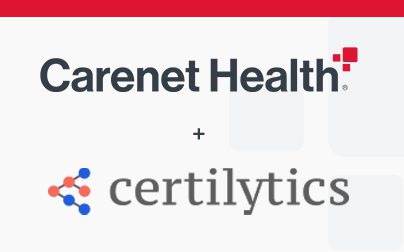Medicare Advantage (MA) health plans and stand-alone Part D plans (PDPs) are increasingly focused on the Centers for Medicare & Medicaid Services (CMS) Stars system. Plan leaders want that 5-Star status and the per member per month bonus revenue and other benefits that come with it.
Reaching that status isn’t easy. Keeping up with the changing measures is a challenge for plans hoping to increase ratings. But while the measure set may be a shifting target, impacting those measures with high-performing member engagement isn’t. In fact, engagement that delivers enthusiastic member reviews and motivates members to take recommended actions is one thing health plans can control.
5 best practices for effective 5-Star engagement
01.
Design member-centricity and coordination into every interaction. Star ratings are heavily weighted by member experience. Positive interactions—ones that make it easy on the member, not the plan—are paramount. This relates directly to engagement design: How do members get the information they need? How many points of access should you offer? Are communication preferences requested and respected? Are engagement programs streamlined for the member’s needs, not the plan’s?
A key part of this member-centric design will involve integrating touchpoints across the enterprise. For instance, inbound nurse advice calls and outbound care management outreach should align. Warm handoffs among teams should be tested and streamlined. This level of coordination prevents member fatigue from too many communications from too many departments. And it prevents mixed messages.
02.
Leverage innovations in technology to meet the expectations of an on-demand world. 5-Star plans continuously seek out and implement tech solutions that generate loyalty and support seamless member engagement. We’ve watched this begin to take off in areas like wearable tech and telehealth.
But don’t forget to embrace innovation in engagement channels, too, and don’t make assumptions about your audience’s utilization. For instance, one integrated care delivery network that sent colonoscopy reminder text messages to patients aged 50 and over found the 65+ age group engaged at a higher rate on mobile than the younger group.
03.
Make the presence of empathy and clarity non-negotiable. Does your plan measure empathy and member understanding in its interactions? There are ways to do that, even if you’re on a tight budget. Top-rated plans hire with an eye toward compassion as well as skills. Then they train and continuously coach, so that frontline teams make members feel heard and valued. At Zappos, leaders encourage employees to, above all else, have an emotional impact on customers. 5-Star health plans must learn to do that, as well.
04.
Use data for hyper-personalization and heightened care management. You have the data, and the best MA plans use it to ensure their member experiences are tailored to individual needs. Be sure your member data is visible to engagement and outreach teams—so they can see, for instance, that during a claims call John Smith hasn’t had his flu shot this season and he likes to be addressed by his middle name. These data details are especially important for establishing trust with those who may lack the incentive to make better health and wellness decisions and/or those with disease management needs.
With good data and analytics, you can reach out to high-risk members immediately after a data point is triggered, like an urgent care visit. Another part of your data strategy should include enhancing your member survey to include questions about health literacy and potential obstacles to care. This kind of data-driven approach might mean you communicate three more times a year with a member, or three times fewer.
05.
Ensure satisfaction measurement is a year-round strategy. The HOS and CAHPS survey are based on member-reported results and together make up a sizable portion of MA Star ratings. That’s why high-performing plans don’t let satisfaction levels sneak up on them. They gauge member contentment throughout the year to look for improvement opportunities to act on right away—and because perceptions of experience can change frequently.
—
Are you working on Stars improvement? There can be tremendous Star power in the right kind of engagement strategy. We’re here to brainstorm ideas that can help your plan. Contact us today.
>> Don’t forget to check out our free Stars engagement planning toolkit, too.



